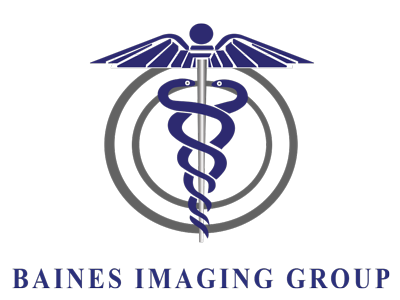


MRI
Magnetic Resonance Imaging is a medical imaging technique used in radiology to form pictures of the anatomy and the physiological processes of the body. MRI scanners use strong magnetic fields, magnetic field gradients, and radio waves to generate images of the organs in the body.
3T MRI
The higher resolution of the 3 Tesla MRI produces more detailed images, which are beneficial when diagnosing pathological conditions involving the whole body and particularly the brain, spine, and musculoskeletal system. The resolution and clarity also allow radiologists to identify smaller lesions and anatomical structures that cannot be seen with less powerful machines.

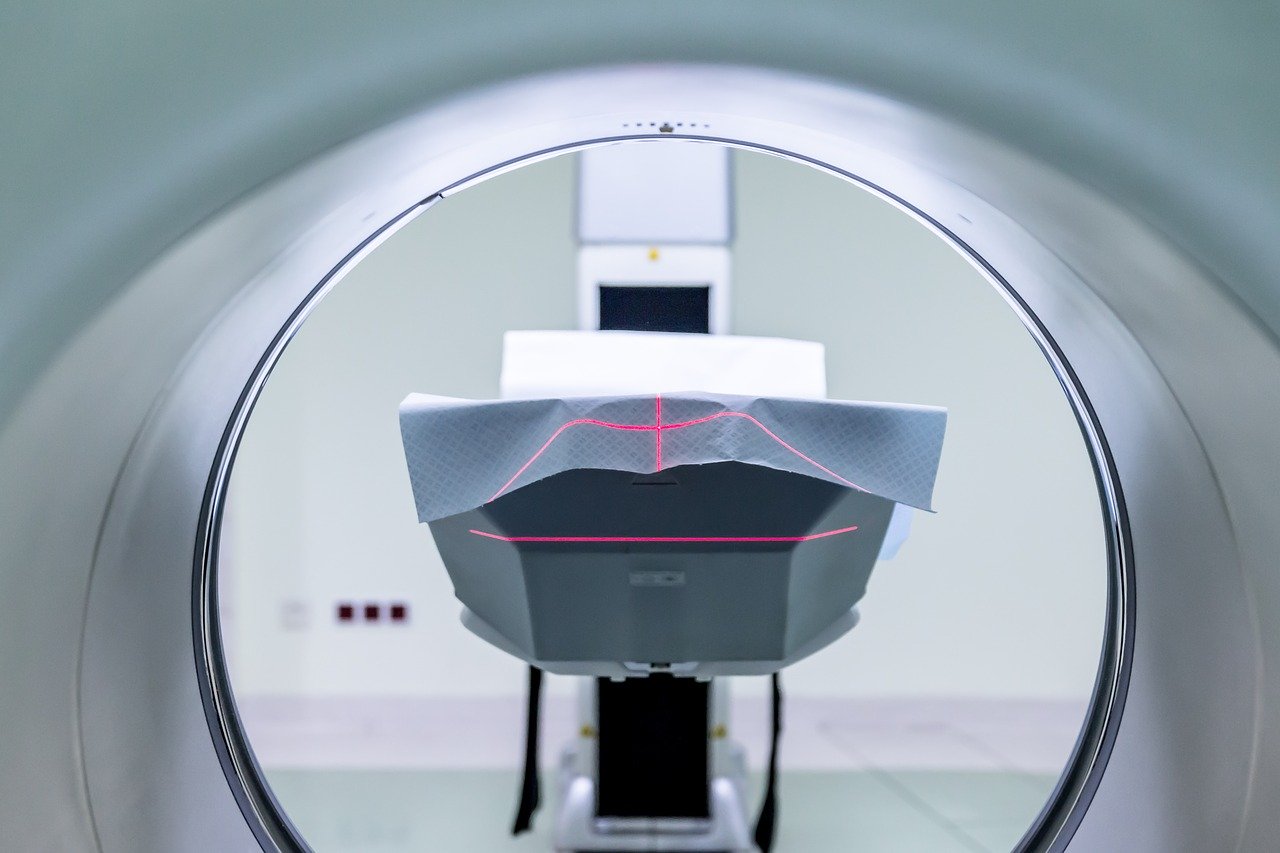
What to Expect
Every MRI scan is different, but most scans take approximately 30-45 minutes. You should not have an MRI scan if you are, or suspect you may be pregnant. It is very important to inform the doctor or the nurse prior to the scan if you have been diagnosed with any form of kidney disease, or if you have any of the following; metal implants or objects: aneurysm clips, artificial heart valve, bullets, cardiac pacemaker, eye/orbital prostheses, hip or knee prostheses, insulin pump implant, intra-cranial bypass graft clips, middle or inner ear prosthesis, shrapnel or sternal wire.
Our Declaration
Our staff comprises of an interdisciplinary team of dedicated professionals who expertly strive to exceed expectations, ensuring that the patient experience is seamless and hassle free.
MRI Branches
3T MRI Ultimate Imaging Centre
Avenues Clinic Complex
Corner Baines Avenue & Mazowe Street
HARARE
Contact details
Electronic Booking
Send a picture of your request to our WhatsApp numbers or email
BIG Centre for Advanced Medicine
70 Robert Mugabe Cnr 6th Avenue
Bulawayo
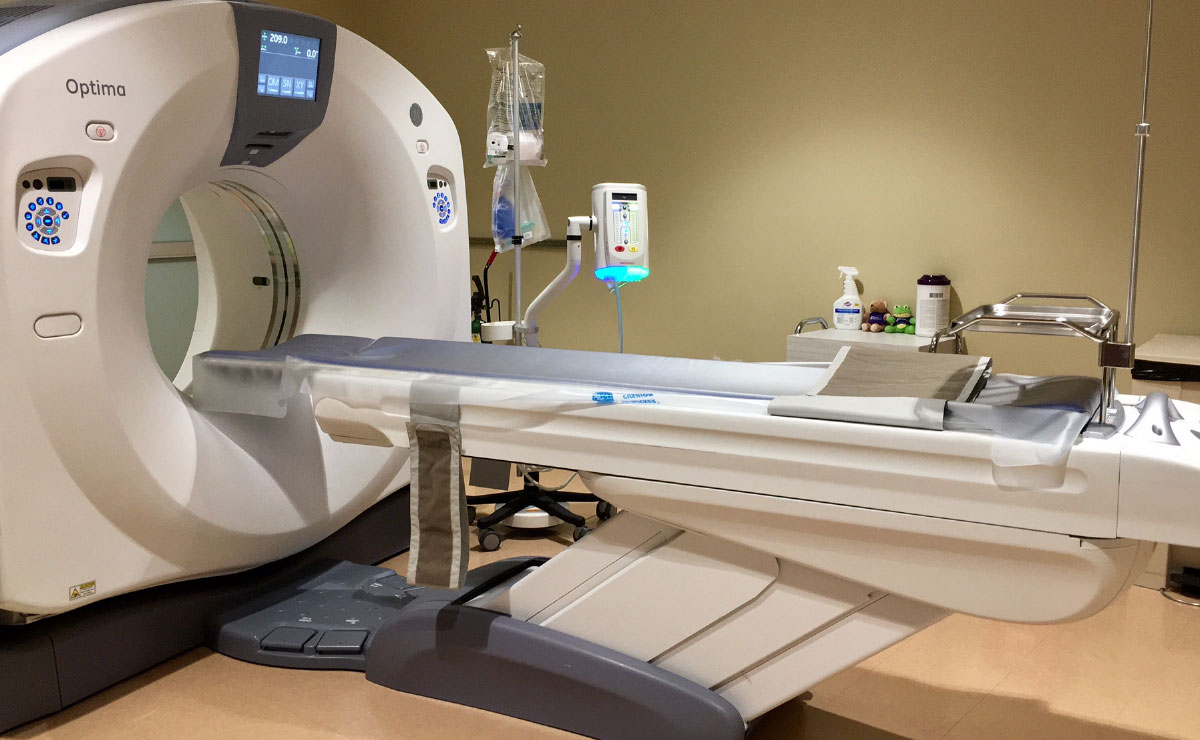
CT Scan
A computerized tomography (CT) scan combines a series of X-ray images taken from different angles around your body and uses computer processing to create cross-sectional images (slices) of the bones, blood vessels and soft tissues inside your body. CT scan images provide more-detailed information than plain X-rays do. A CT scan can be used to visualize nearly all parts of the body and is used to diagnose disease or injury as well as to plan medical, surgical or radiation treatment.
WHAT TO EXPECT
CT scans are painless and the whole procedure typically takes about 30 minutes. CT scanners are shaped like a large doughnut standing on its side. You lie on a narrow, motorized table that slides through the opening into a tunnel. Straps and pillows may be used to help you stay in position. During a head scan, the table may be fitted with a special cradle that holds your head still. While the table moves you into the scanner, detectors and the X-ray tube rotate around you. Each rotation yields several images of thin slices of your body. You may hear buzzing and whirring noises. A Radiographer in a separate room can see and hear you. You will be able to communicate with the Radiographer via intercom. You may be asked to hold your breath at certain points to avoid blurring the images.

OUR DECLARATION
Our staff comprises of an interdisciplinary team of dedicated professionals who expertly strive to exceed expectations, ensuring that the patient experience is seamless and hassle free
CT Branches
Baines Imaging Group Medical Centre
52 Baines Avenue
HARARE
Tel: 08677000269
Baines Imaging Group Chitungwiza Central Hospital
Zengeza 4
CHITUNGWIZA
Tel: 08677000269
Baines Imaging Group Avenues Clinic
Cnr Mazowe / Baines Ave
HARARE
Tel: 08677000269
Baines Imaging Group Centre For Advanced Medicine
70 Robert Mugabe Way
BULAWAYO
Tel: 08677000269
Baines Imaging Group Westend Hospital
Cnr Harare St / Baines Ave
HARARE
Tel: 08677000269
Baines Imaging Group Mutare Medical Centre
123 Herbert Chitepo Ave
MUTARE
Tel: 08677000269
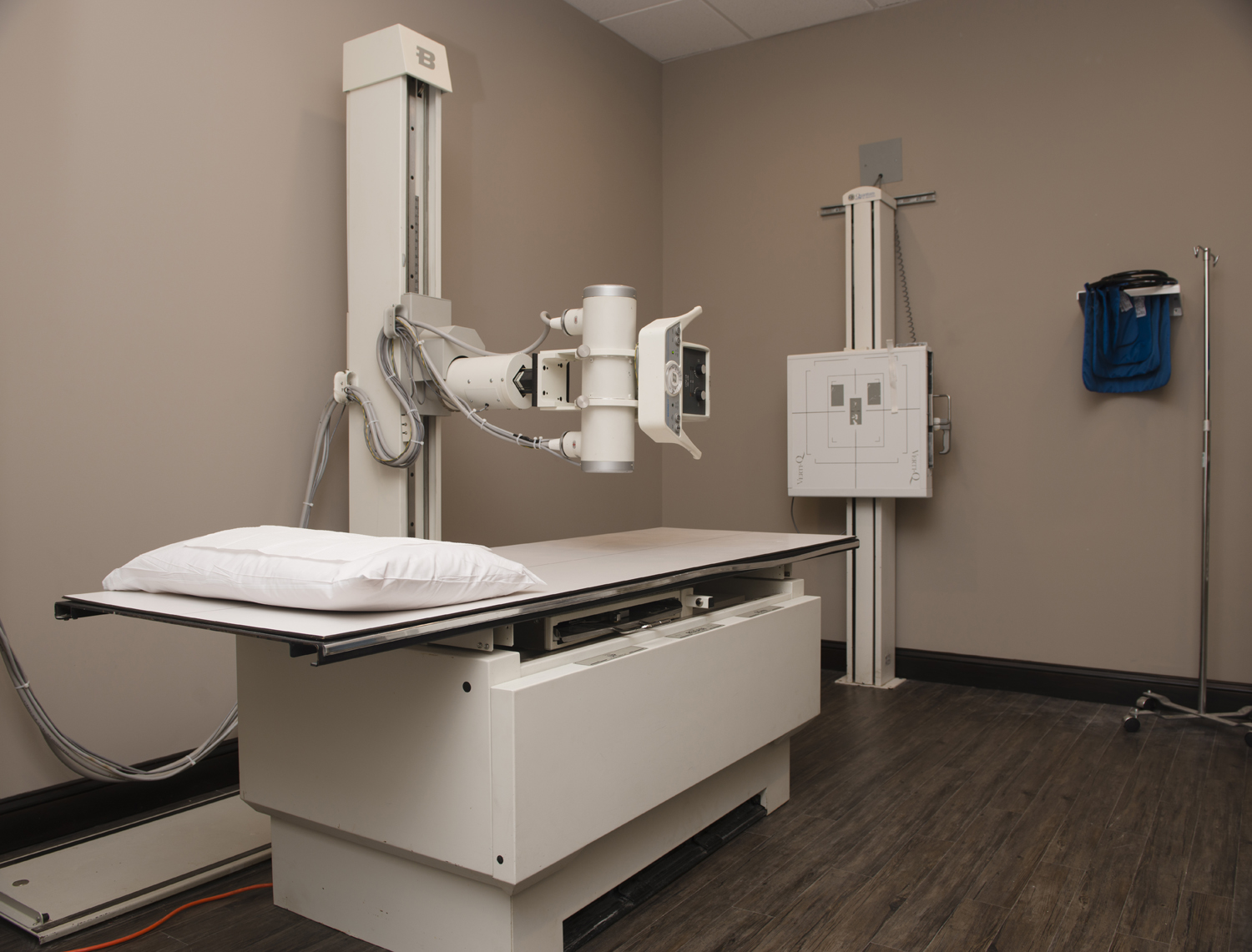
X-Ray
An X-ray is a quick, painless test that produces images of the structures inside your body — particularly your bones
X-ray beams pass through your body, and they are absorbed in different amounts depending on the density of the material they pass through. Dense materials, such as bone and metal, show up as white on X-rays. The air in your lungs shows up as black. Fat and muscle appear as shades of gray.
For some types of X-ray tests, a contrast medium — such as iodine or barium — is introduced into your body to provide greater detail on the images.
WHAT YOU CAN EXPECT
In general, you undress whatever part of your body needs examination. You may wear a gown during the exam, depending on which area is being X-rayed. You may also be asked to remove jewelry, eyeglasses and any metal objects because they can show up on an X-ray. Before some types of X-rays, you’re given a liquid called contrast medium. Contrast mediums, such as barium and iodine, help highlight a specific area of your body on the X-ray image. A Radiographer positions your body to obtain the necessary views. During the test, you must stay still (and sometimes hold your breath to avoid moving) to prevent blurry images.
An X-ray procedure may take from a few minutes for a bone X-ray to more than an hour for more-involved procedures, such as those using a contrast medium.
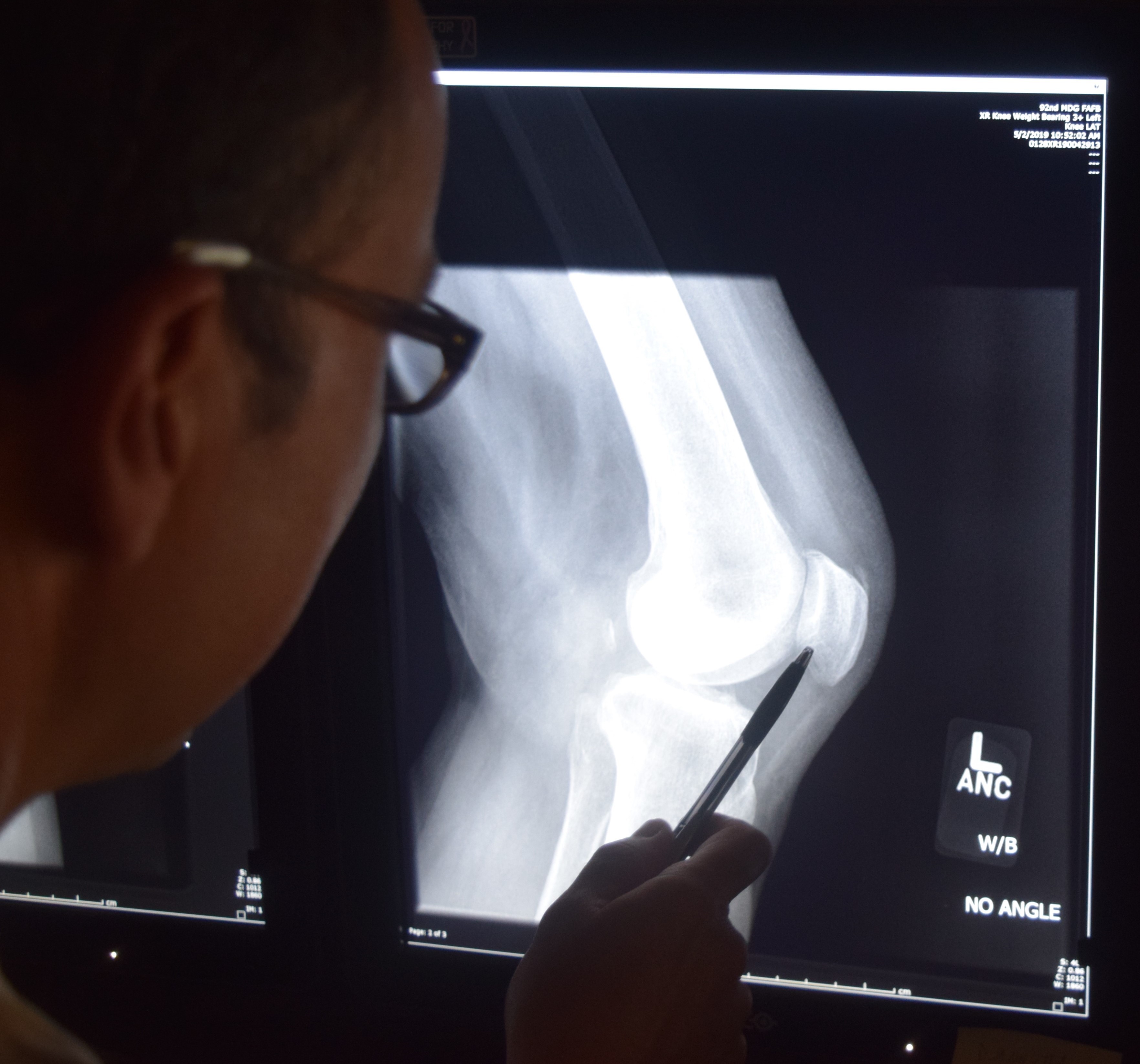
OUR DECLARATION
Our staff comprises of an interdisciplinary team of dedicated professionals who expertly strive to exceed expectations, ensuring that the patient experience is seamless and hassle free.
X-Ray Branches
Baines Imaging Group Medical Centre
52 Baines Avenue
HARARE
Tel: 08677000269
Baines Imaging Group Chitungwiza Central Hospital
Zengeza 4
CHITUNGWIZA
Tel: 08677000269
Baines Imaging Group Avenues Clinic
Cnr Mazowe / Baines Ave
HARARE
Tel: 08677000269
Baines Imaging Group
Centre For Advanced Medicine
70 Robert Mugabe Way
BULAWAYO
Tel: 08677000269
Baines Imaging Group Westend Hospital
Cnr Harare St / Baines Ave
HARARE
Tel: 08677000269
Baines Imaging Group
Mutare Medical Centre
123 Herbert Chitepo Ave
MUTARE
Tel: 08677000269
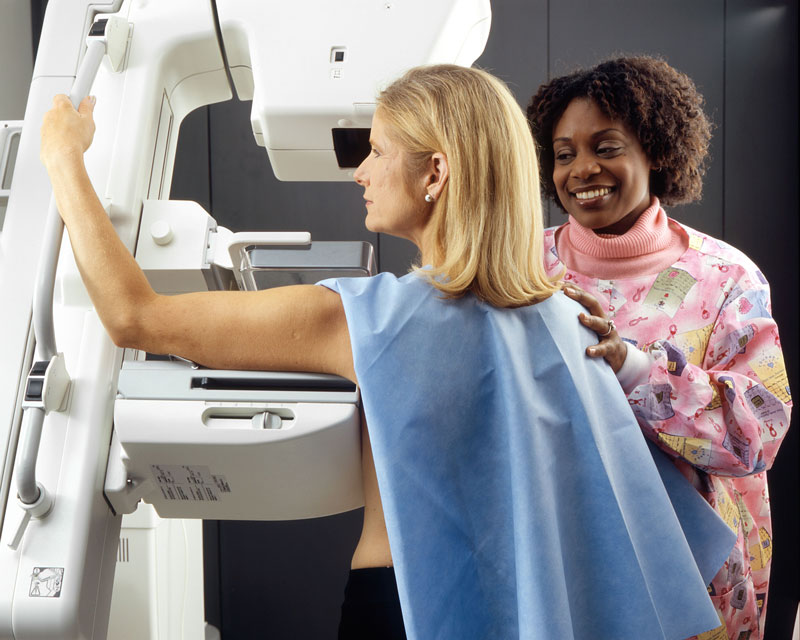
MAMMOGRAM
Mammogram is an X-ray image of your breasts used to screen for breast cancer. Mammograms play a key role in early breast cancer detection and help decrease breast cancer deaths. An X-ray captures black-and-white images of your breasts that are displayed on a computer screen and examined by a Radiologist who looks for signs of cancer. A mammogram can be used either for screening or for diagnostic purposes. How often you should have a mammogram depends on your age and your risk of breast cancer.
WHAT YOU CAN EXPECT
You will be given a gown and asked to remove neck jewelry and clothing from the waist up. To make this easier, wear a two-piece outfit that day. For the procedure itself, you stand in front of an X-ray machine specially designed for mammography. The Radiographer places one of your breasts on a platform and raises or lowers the platform to match your height. The Radiographer helps you position your head, arms and torso to allow an unobstructed view of your breast.
Your breast is gradually pressed against the platform by a clear plastic plate. Pressure is applied for a few seconds to spread out the breast tissue. Your breast must be compressed to even out its thickness and permit the X-rays to penetrate the breast tissue. The pressure also holds your breast still to decrease blurring from movement. During the brief X-ray exposure, you’ll be asked to stand still and hold your breath.
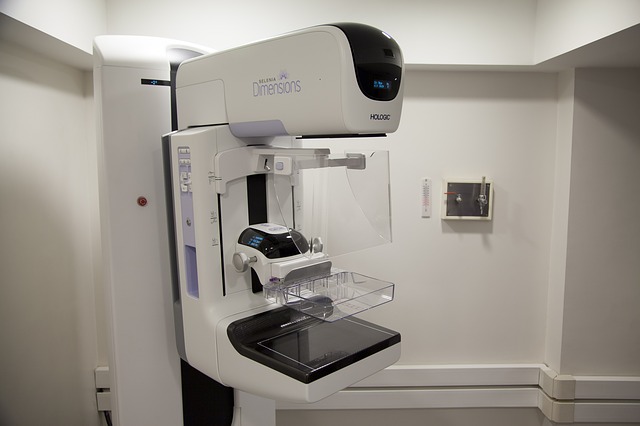
OUR DECLARATION
Our staff comprises of an interdisciplinary team of dedicated professionals who expertly strive to exceed expectations, ensuring that the patient experience is seamless and hassle free.
Mammogram Branches
Baines Imaging Group Medical Centre
52 Baines Avenue
HARARE
Tel: 08677000269
Baines Imaging Group Chitungwiza Central Hospital
Zengeza 4
CHITUNGWIZA
Tel: 08677000269
Baines Imaging Group Avenues Clinic
Cnr Mazowe / Baines Ave
HARARE
Tel: 08677000269
Baines Imaging Group
Centre For Advanced Medicine
70 Robert Mugabe Way
BULAWAYO
Tel: 08677000269
Baines Imaging Group Westend Hospital
Cnr Harare St / Baines Ave
HARARE
Tel: 08677000269
Baines Imaging Group
Mutare Medical Centre
123 Herbert Chitepo Ave
MUTARE
Tel: 08677000269
